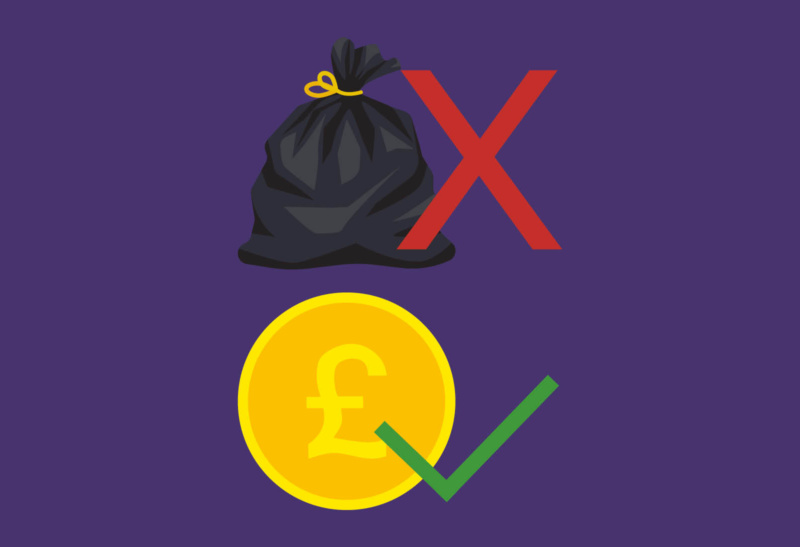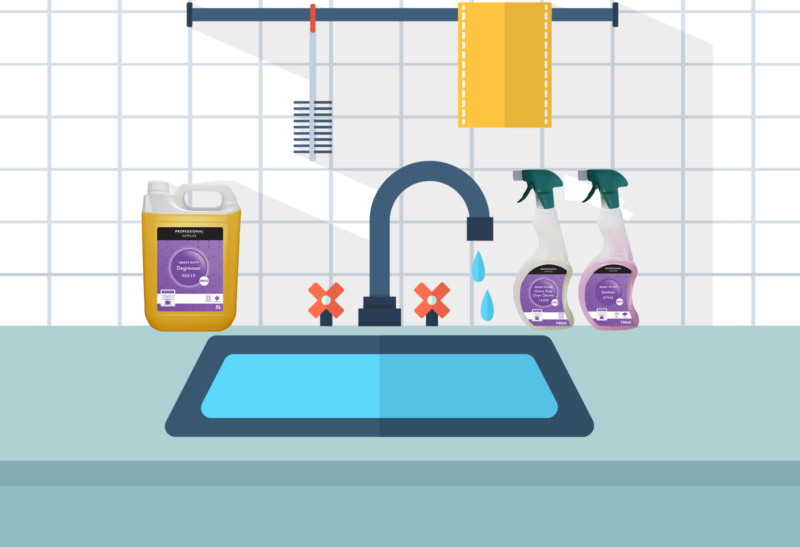The Christmas season is just around the corner! But catering events often generate a significant amount of waste; from packaging and food waste to excess servings. What simple changes can we make to waste less and save more? And promoting sustainability at the same time without compromising on quality, is a win win for us all!
In this blog post, we’ll explore some effective ways to reduce waste and be more cost-effective.
1. Cut cost with a wrapping system
Running a kitchen efficiently while keeping cost in check is tough at the moment! Balancing rising ingredient prices, energy bills, staff salaries all have an impact on keeping a profitable operation.
So what can we do to help? A staple in every kitchen is cling film and foil used for wrapping and protecting food. We know ultimately this is a really small part of any kitchen operation but wrap is really one of the key staples and if you think about how much you use daily it is the small changes that will add up!
By using a Wrapmaster® system (70546) you can reduce wrap wastage and costs by 20%*. The concealed blade delivers a far superior cutting performance than traditional cutter boxes, and it can be sanitised and disinfected in a commercial dishwasher to reduce the risk of cross-contamination and to keep food safe.
Watch this short video:
2. Mindful menu planning and portion control
Plan your menu thoughtfully to minimise food waste. If you notice plates having excessive leftovers at the end of a meal, it is time to look at portion sizes, this not only saves on waste but also on cost. There are plenty of tools to use such as using portioners and spoodles to get accurate portion control.
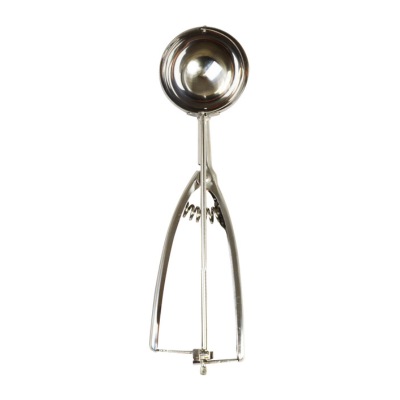
11513 Heavy duty portioner stainless steel
3. Single-use packaging
Even if your business is not catering for seasonal events, takeaway continues to grow during the Christmas season as it is a cheaper alternative and you can enjoy the festivities from the comfort of your own home!
But Food-to-Go packaging can be a major contributor to catering waste. Furthermore, the recent single-use plastic ban has been placed on a range of high polluting single-use plastic. Consider therefore using a packaging product that has the least impact to the environment regardless on your waste management solution.
Waste management can be complex as the question remains the same, ‘which bin can I throw this in?’ Fortunately, there is a food-packaging product, no matter where it’s thrown, that will break down without leaving any harmful traces behind. Notpla Seaweed lined packaging has no hidden plastic, no chemicals and can be placed in any bin!
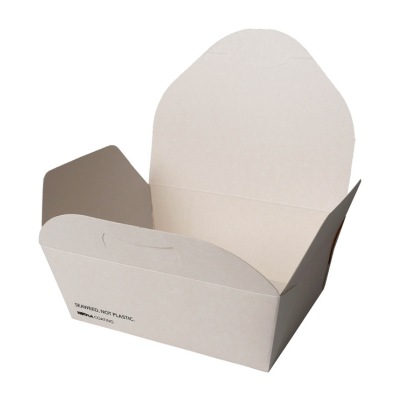
13470 Notpla seaweed white box
You can find our Christmas takeaway solutions here.
Read more about seaweed packaging here: What is the next generation of food packaging?
4. Conserve energy and water
When looking at a product life cycle there are 3 main phases: manufacturing phase, product in-use phase and post-use phase. Did you know that water and energy consumption in the usage phase of cleaning products has the most impact on the environment, in fact it impacts the environment 9 x more than the manufacturing phase.
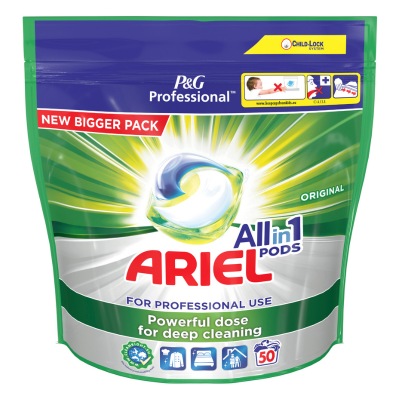
This is why it’s important to wash on colder temperatures and shorter cycles. Washing at lower temperatures can also help you save up to 40% on your CO2 impact!**. And by using less energy and water will help you with your bills.
There are products solutions both in powder and tablet format that clean in one wash without having to use pre was treatments and are effective in low temperatures.
Ariel Professional Laundry powder cartons (53991 & 70811) are also made out of 80% recycled content and Ariel Professional All-in-1 PODs (11299) use 70% less plastic!
5. Food waste
There are several reasons for food waste such as uneaten leftovers, forgotten and unused products missing expiration dates, over-preparing food and storing ingredients improperly which all contribute to food waste.
The good news is that these issues can be addressed with just a few small changes. Update you inventory operations; know what has already been prepared in advance and what the cooks are making on the day. At the end of the day check what is left in the fridges, freezers and ambient products remain.
Having suitable food storage equipment such as using airtight lids; helps to ensure food is properly stored preventing food going off early. And labelling is a must in any commercial kitchen, helping to identify when food was first stored and when it expires. There are so many different labels to suit everyone’s needs; dissolving, reusable, removable and with permanent adhesives.
For more tips on reducing food waste, check out our previous blogs:
How can the hospitality industry reduce food waste?
6. Keep food fresh for longer
One way to avoid food waste is to keep food fresher for longer, this can be especially hard with bakery products such as croissants, cakes and biscuits.
Have you met Snappy® a simple to use counter top jaw sealer, to be used in conjunction with recyclable, crystal clear PP bags?
Using a Snappy® keeps food not only fresh for longer but also keeps food safe from being tampered with. It is easy to use, one plug in and ready in seconds with a quick press down of the jaw and you have a bag that is sealed airtight! It’s also a great tool for keeping hot food fresher for longer, just remember to use the perforated bags.
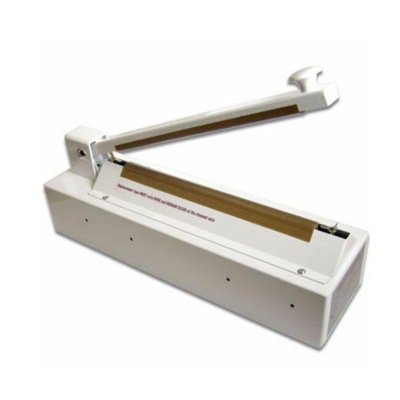
99139 Snappy® jaw heat sealer
In conclusion, embracing the principle of “waste less, save more” offers several environmental benefits, but let’s be honest business’s need to make a profit to survive, so the more we can do to address food waste the more it makes financial sense too.
Visit our catering supplies website to view full range of products. Look out for our sustainable icons next to our products making it easier to identify sustainable credentials.
Hungry for more? Check out some of our related blogs here:
- How to increase the profitability of your menu
- 5 ways to reduce food waste
- How can the hospitality reduce food waste?
- 4 ways to save energy and costs in the kitchen
- 4 ways to reduce cleaning and washroom costs
*https://www.wrapmaster.global/en/case-studies/
**switching wash temperature from 40°C to 30°C, based on EU average simplified LCA breakdown
